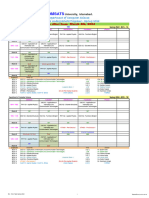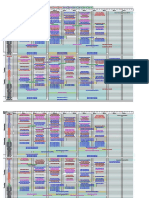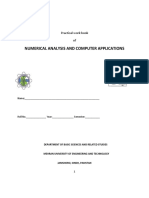0% found this document useful (0 votes)
167 views3 pagesHow Different Number Systems Are Used in Computing
Different number systems, including binary, octal, and hexadecimal, are utilized in computing for data representation and manipulation. Binary serves as the fundamental language of computers, while hexadecimal simplifies binary representation for tasks like memory addressing. Octal, though less common today, has historical significance and is still relevant in specific applications such as UNIX file permissions.
Uploaded by
smashhad01Copyright
© © All Rights Reserved
We take content rights seriously. If you suspect this is your content, claim it here.
Available Formats
Download as DOCX, PDF, TXT or read online on Scribd
0% found this document useful (0 votes)
167 views3 pagesHow Different Number Systems Are Used in Computing
Different number systems, including binary, octal, and hexadecimal, are utilized in computing for data representation and manipulation. Binary serves as the fundamental language of computers, while hexadecimal simplifies binary representation for tasks like memory addressing. Octal, though less common today, has historical significance and is still relevant in specific applications such as UNIX file permissions.
Uploaded by
smashhad01Copyright
© © All Rights Reserved
We take content rights seriously. If you suspect this is your content, claim it here.
Available Formats
Download as DOCX, PDF, TXT or read online on Scribd
/ 3

























































































